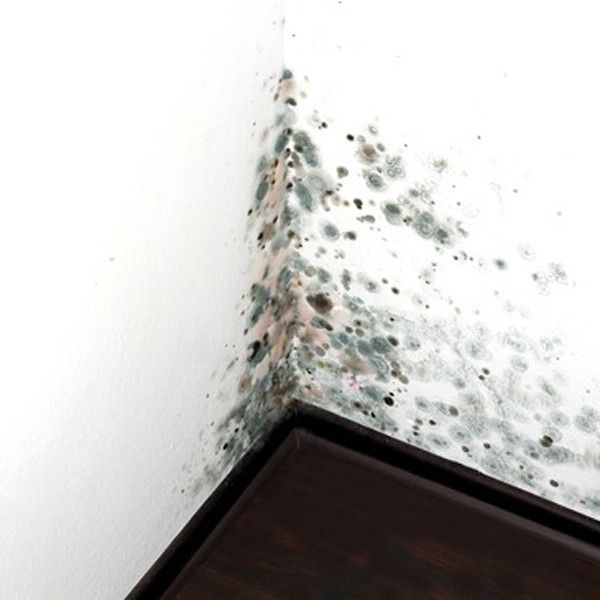In many areas, the climate is simply too dry for some people to be comfortable. This dry air can cause everything from stuffy sinuses to problematic asthma. In order to combat this dryness, many people will set up humidifiers. These devices work wonders to make the surrounding area more humid for those that have problems adapting to arid climates. Unfortunately, they could also exacerbate mold growth in the home.
Humidity Levels – According the Center for Disease Control, your home should remain below 50-percent humidity in order to stave off mold growth. An increase of moisture in the air could provide the perfect breeding ground for fungus within various locations such as carpets and walls. Maintaining humidity levels as low as you can with comfort to yourself can help reduce the capability of molds beginning to grow within the home.
Condensation – With the rise of humidity in the air, condensation becomes more likely. This condensation can pool in various locations within the room providing an excellent habitat for mold spores to develop. This happens when the air in the room is extremely warm while a smooth surface is extremely cold. The interchange of these temperatures essentially pulls the water out of the air causing it to collect on the cold and smooth surface. You see this every summer when you pull a cold can of soda out of the fridge and into the much warmer air. The increase of moisture from the humidifier makes this more likely.
Preparing Against Mold – If you need to have the humidity levels of your home set at a high level, it may be in your best interest to provide preventative measures. This could include things such as:
- using a mold inhibitor on floorboards and other surfaces
- insulating surfaces that can create condensation such as water pipes
- using proper ventilation devices and techniques for areas prone to collect moisture
- using the humidifier in areas that won’t be overly affected by an increase of moisture
Surfaces – For optimum use, don’t place your humidifier on porous surfaces such as wooden tables or fabric covered objects. The concentration of humidity will be strongest at the device, and porous surfaces can trap that moisture creating a breeding ground for mold. This can be especially true if your humidifier is sitting on top of an older piece of wooden furniture. If the surface of that furniture feels sticky or overly moist, you could be running the risk of developing mold.
Temperature Matters – An air conditioning unit can help you keep the home cool while dropping the temperature to levels that are not conducive to proper mold growth. This isn’t saying the mold cannot grow in cooler climates, but keeping the location at a lower temperature makes it more difficult for mold spores to grow. A hot and humid location without proper air flow can grow molds much faster than a cooler home.
Humidifiers can do a lot for those that need moisture in the atmosphere in order to remain comfortable. These machines can help in treating asthma attacks, skin disorders such as psoriasis, and dry sinuses that lead to nose bleeds. Try to keep the humidity levels of your home low and the temperature cool. While the humidifier can help a person with an asthma problem, mold spores could make it worse.
Ken Myers is a father, husband, and entrepreneur. He has combined his passion for helping families find in-home care with his experience to build a business. Learn more about him by visiting @KenneyMyers on Twitter.


1 comment
Mold is definitely a concern when using a humidifier. I would recommend getting a small digital hygrometer to see if you do in fact need a humidifier in your home. You can use the hygrometer to measure the humidity that’s already in the air. Anything below 35% relative humidity would benefit from a humidifier. If you see numbers above 50% humidity you don’t need a humidifier in that room. In that case you may want to consider a dehumidifier.